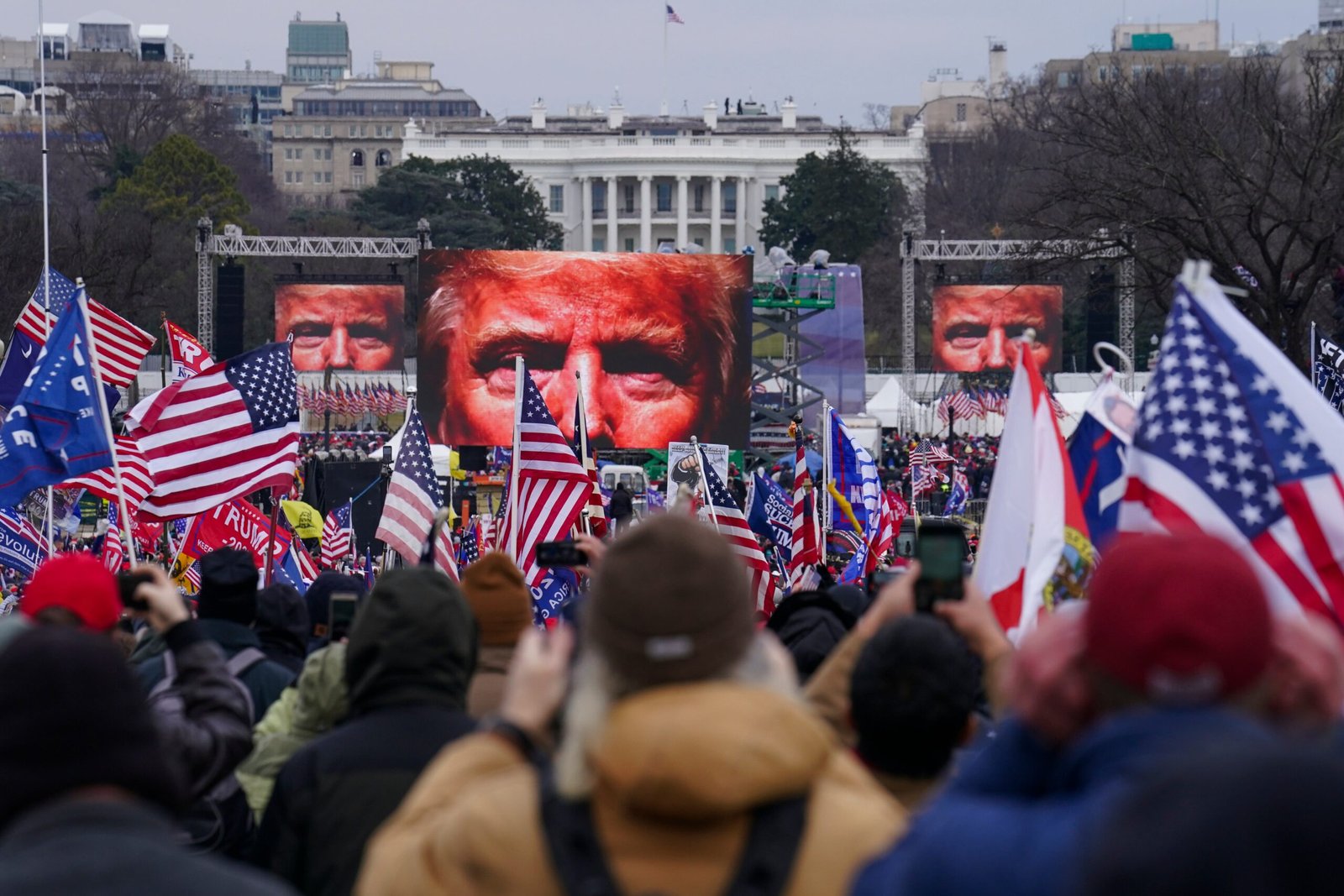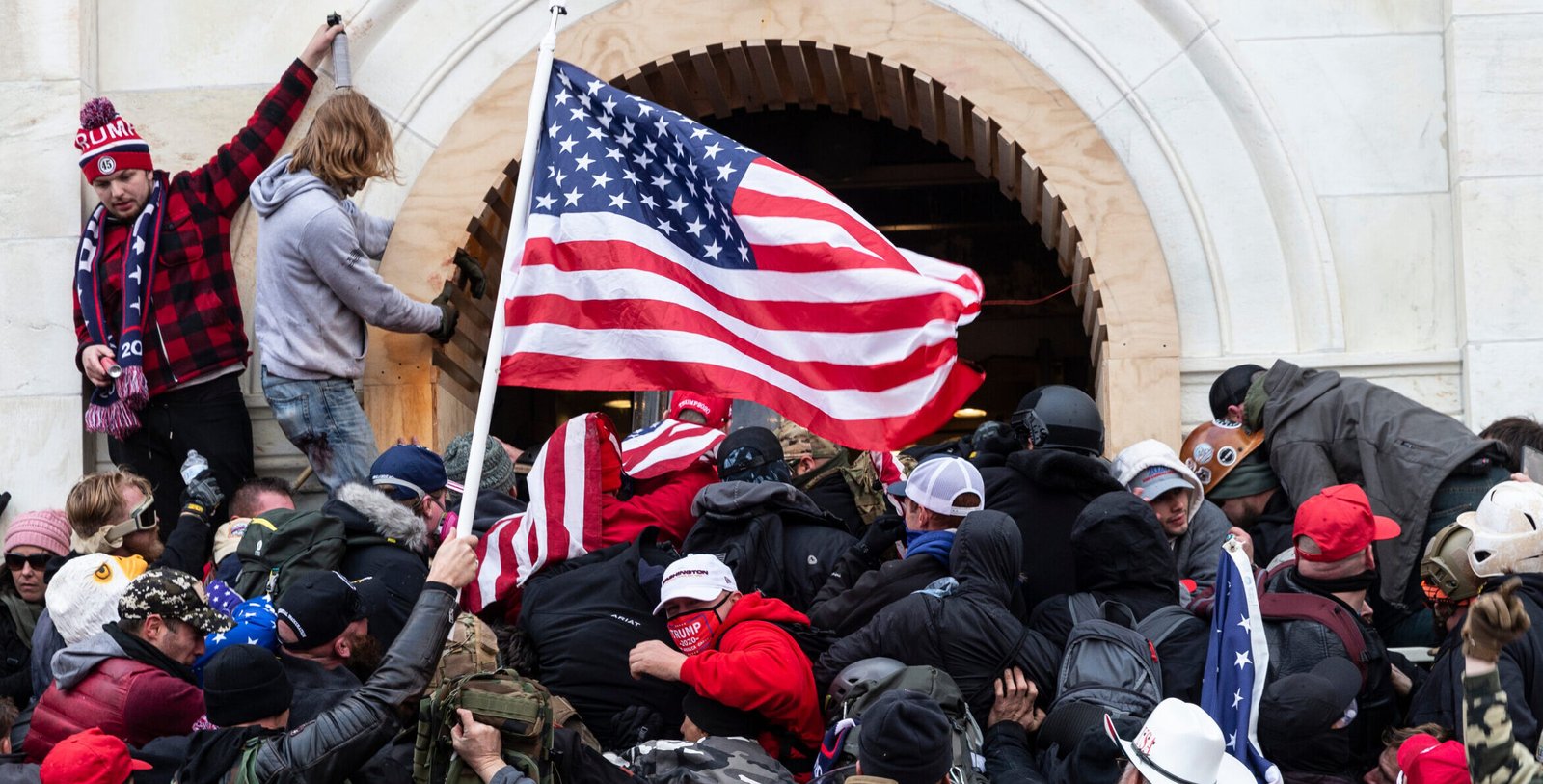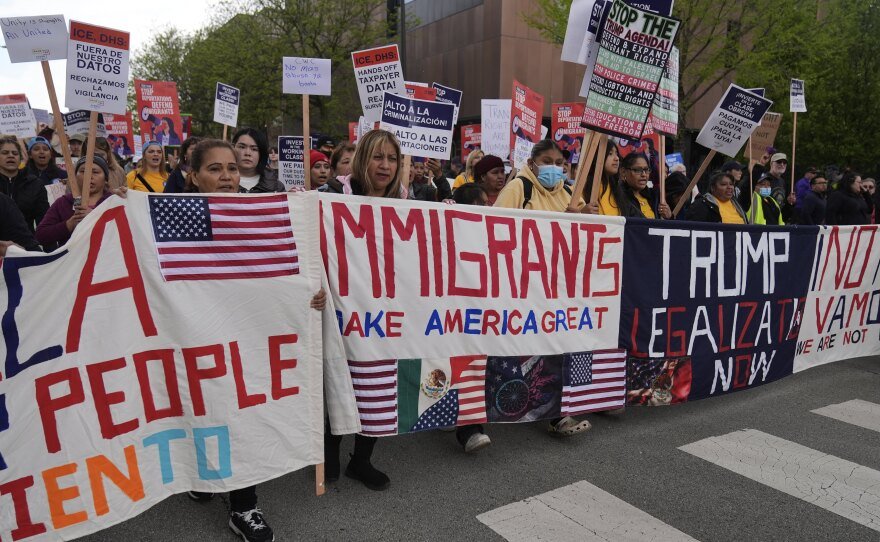
Children of Fire: How the Youth of California Are Rewriting the Rules of Rebellion
"We don’t want permission. We want change." – Graffiti near Echo Park, L.A., March 2025

Prologue: The Silence Before the Spark
It began, as many revolutions do, in whispers.
In the early mornings before class.
In group chats masked by emojis.
In libraries where students read Brecht and Angela Davis instead of test prep.
By the time federal enforcement officers surrounded Santa Ana High School in March 2025, it was too late to contain it. The youth of California were already awake.
I. A Generation With No Illusions
They were born in a post-9/11 world.
Raised during a housing crash they didn’t cause.
Graduated into a climate that’s burning and a democracy that’s fractured.
They do not believe in the promises their parents were taught to repeat.
According to a 2024 Pew survey, 68% of Californians aged 18–25 do not trust the U.S. government to protect their rights. Over half believe capitalism needs to be fundamentally restructured. And nearly 1 in 3 say they would support “an entirely new system of governance if democracy fails.”
These are not radicals. They are realists raised in contradiction.
II. The New Architecture of Protest
Forget everything you think you know about activism. These protestors don’t print flyers or ask for permits. They build encrypted message webs. They livestream their own coverage. They set up QR-coded medkits on corners where ambulances won’t go.
Some wear masks. Others post unfiltered. Their identities are fluid. Their leaders rotate every 24 hours to avoid arrest. Their slogans change daily — not out of inconsistency, but out of strategy.
They understand the algorithm better than the adults who wrote it.
III. Rage Without Apology
In March and April 2025, over 140 high schools and universities across California experienced coordinated walkouts. In Berkeley, law students refused to attend federal court sessions. In San Diego, youth occupied City Hall for 11 hours. In Fresno, 16-year-olds shut down a highway using only trash bins, road flares, and speaker towers.
Were these acts legal? No. Were they loud? Yes. Were they effective? Ask the governor’s office, which retracted its cooperation agreement with DHS two days later.
This is not civil disobedience. This is non-compliance with a system they see as broken.
IV. What They’re Reading, Watching, Listening To
This generation doesn’t quote Jefferson. They quote TikTok accounts that decode surveillance tactics, podcasts like Know Your Rights Radio, and underground zines distributed via encrypted PDF.
They are influenced by:
- Frantz Fanon and Audre Lorde
- Climate refugee testimonies from YouTube
- AI-generated manifestos that remix history and protest chants
This is a rebellion born from data, memory, and collective trauma.
V. What Comes After the Occupation
What makes this movement different is not just what they fight — but how they imagine what follows.
Some advocate for abolition of ICE and police departments.
Others propose decentralised civic councils.
Still others demand climate reparations and youth representation in government.
And nearly all of them agree on one thing: the old frameworks are dead.
They are not asking to be heard.
They are dismantling the platform and building a new one on their own terms.
Conclusion: The Children Are Not the Future — They Are the Now
We should stop calling them “tomorrow’s leaders.” They are leading today, in the streets, in the code, in the culture.
And we should stop trying to teach them what democracy means.
They are teaching us what it must become.
Explore this youth-led revolution in depth in California on Fire, a full-length expert analysis of the 2025 uprisings and America’s political transformation.


